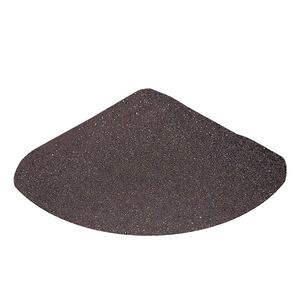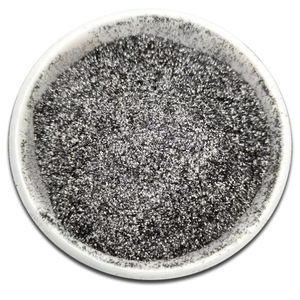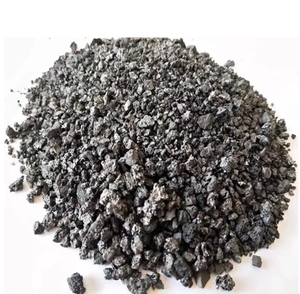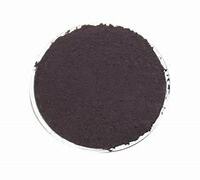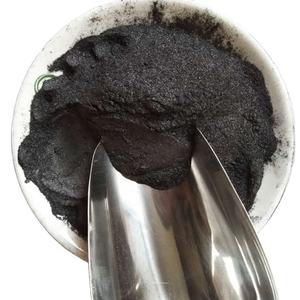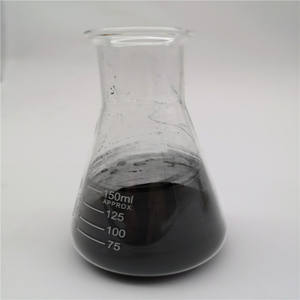Professional graphite material supplier, graphite for EV, grease, furnace and any other industries.
(The Graphite Anode Battery)
The graphite anode battery has dominated LIBs since their birth 30 years ago, benefiting from its excellent balance of cost, availability, power and energy density. Despite intense research on alternatives with better performance, the incomparable properties of graphite as lithium-ion intercalation host have made it a key component of commercial LIBs.
The performance of graphite in the anode is achieved through its long-range-ordered layered structure and electrochemical intercalation/deintercalation of lithium ions. This process produces high theoretical reversible capacity (372.0 mAh g-1) and excellent cycle life. In general, the graphite anode has good stability owing to its large surface area and high conductivity.
However, the performance of graphite in LIBs still has some room for improvement. A major factor is its low first cycle irreversible capacity loss, which limits the high rate capability of commercial LIBs. The current research is focusing on improving the anode material’s morphology to reduce the capacity loss.
This involves modifying the graphite particle morphology to increase the surface area and shortening the pathway of ionic diffusion. Another research is focusing on adding conductive additives to the anode material, which can enhance its overall electrochemical performance notably.
Moreover, the recycling of spent GA should attract continuous attention for resource conservation and pollution prevention purposes. It is also necessary to develop approaches for enhancing the anode material reutilization and increasing its performance. This will not only reduce the dependence on overseas GA but also save costs and environmental pollution.
(The Graphite Anode Battery)

